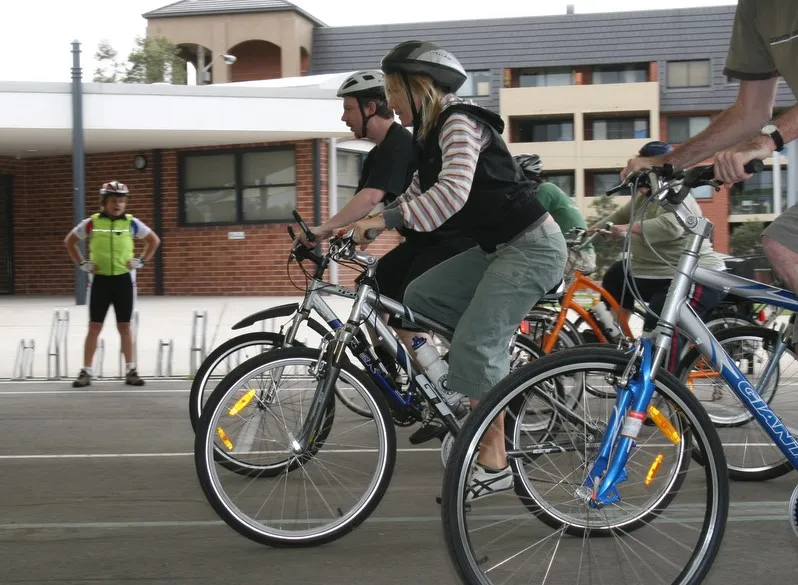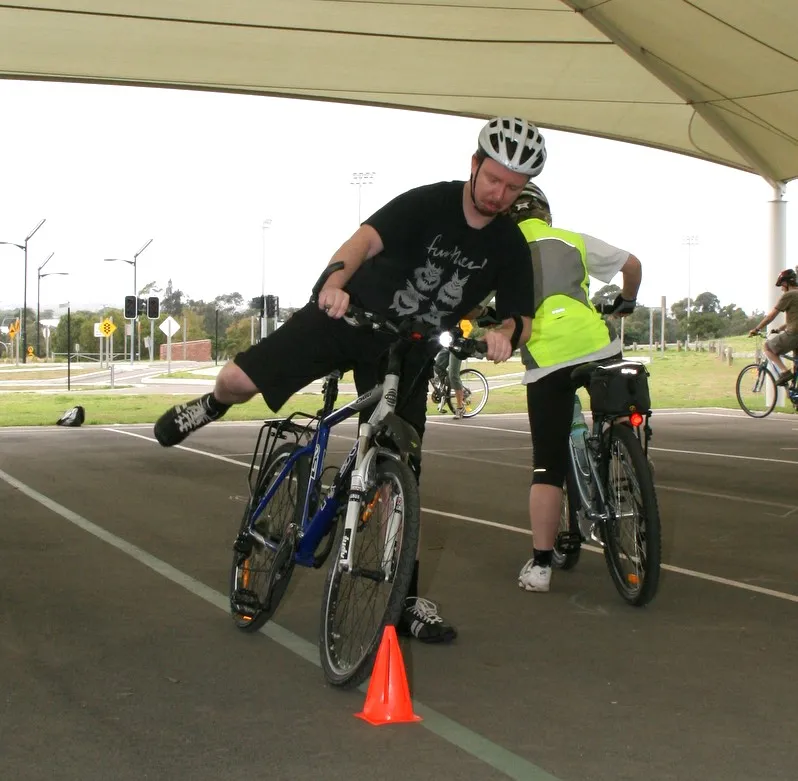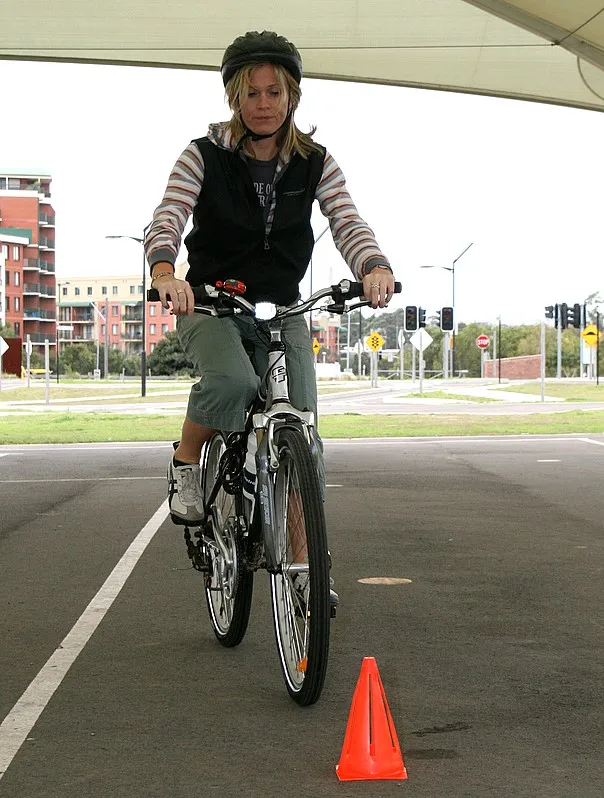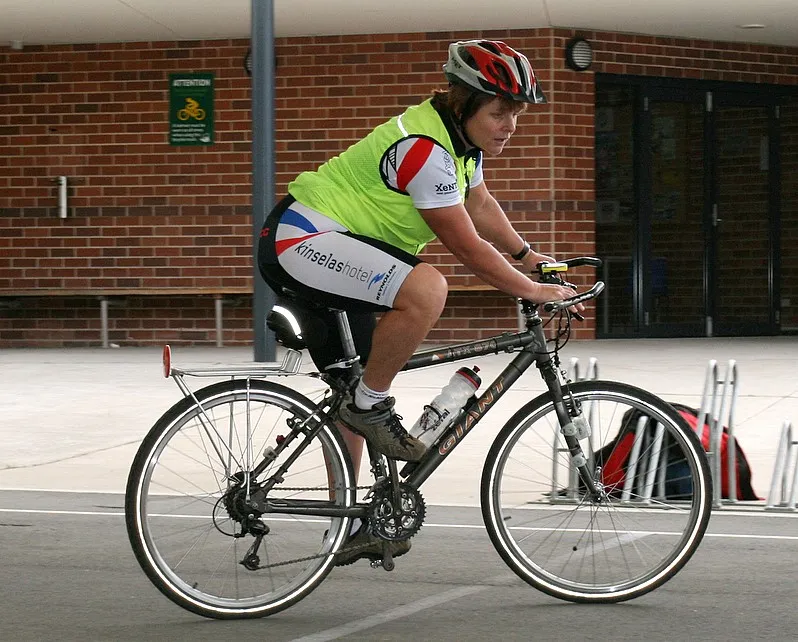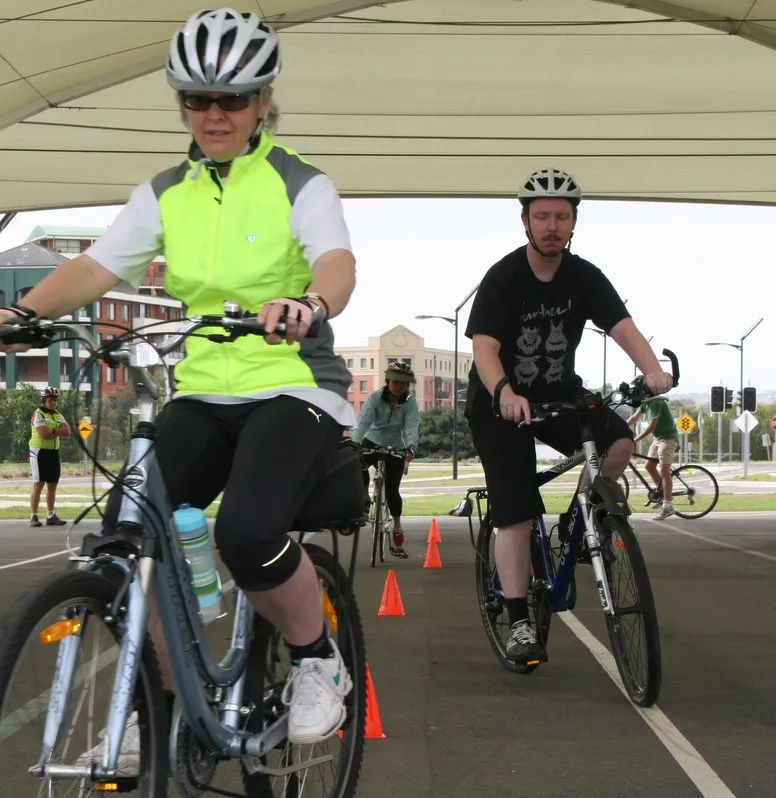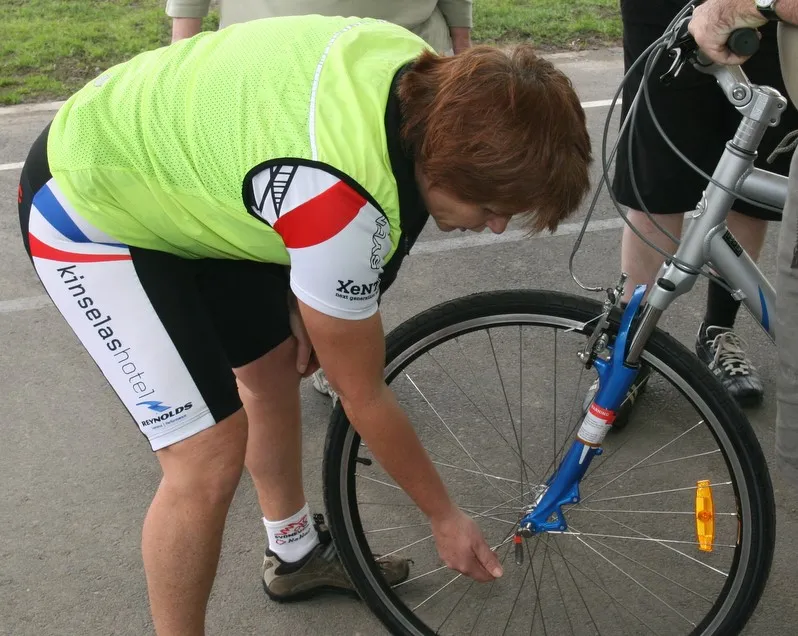If you’re a beginning rider, or you’re advising a beginner, what are the most important things you need to know?
That’s what BikeRadar asked Australian cycling instructor Tanya Bosch when we joined her for one of her ‘Back on the Bike courses’ in Sydney early in September. Here are Tanya’s top five tips for beginner riders.
Make sure the bike fits you. Tanya sees lots of riders on bikes that are too big or too small, which leads to handling and comfort problems.
Learn to stop and start off the saddle. Once the seat is at the right height it’s often hard to touch the ground from the saddle. It’s easier to slide forward and straddle the bike, but beginners find it harder to stop and start when they’re not on the saddle. Tanya suggests practicing in a safe space like a quiet car park or back street.
Enjoy your riding – go places you’ve not been to before. Explore your own town. Many cyclists – even experienced one - don’t do this, and they miss out on the way that a bike can get you into the nooks and crannies of a place you think you know well, but have really only seen from inside a car.
Design your own route. If there’s a journey you do regularly, like visiting friends or relations, don’t ride the same route you drive. There’s almost certainly a quieter and more pleasant back-street route that may even be quicker. Use websites like Bikely.com to design routes through quiet streets.
Join a bike group. There are cycling groups for all levels from local recreational and campaigning groups to full-on cycling clubs. Bike shops are often the best place to find out about all sorts of cycling clubs and groups, or see the national cycling bodies' websites listed at the end of this article.
Absolute beginners
With the bike boom of the last few years, more and more people have come back to cycling who haven’t ridden since they were kids, or even not at all. Cycling coach Tanya Bosch runs courses in Sydney for these actual and effective beginners, and also for riders looking to improve their skills in urban and general cycling.
As a level 2 coach and quite useful track cyclist herself, Bosch also coaches racing cyclists, but you get the impression she gets most satisfaction out of getting beginner bums on bikes.
Watching Bosch with a group of riders, it was obvious that she’d seen the same problems over and over again.
Beginners struggle with things that might surprise more experienced cyclists. If you’re an experienced cyclist trying to teach a newbie, that’s worth bearing in mind.
Seat height is the thing beginners consistently get wrong, Bosch says. They tend to run their seats too low for the very good reason that it’s easier to reach the ground. The problem then is that when you do raise the saddle to an efficient height, you then have to learn how to start and stop riding with your bum off the seat – that’s a skill in itself, that Bosch teaches as part of her course. Riders practice starting and stopping in a tarmacced area next to a park that has the advantage of being under cover if the weather turns bad.
It all helps. Emily Scobie, an account director at a marketing company said that the practice sessions helped her with, “good techniques, [and] general road awareness.”
Gears also confuse beginners, which isn’t terribly surprising. Even those of us who have been riding for years occasionally end up in silly gears. Interestingly, one of Tanya’s complete beginners, Robyn was having the least trouble with her gears because her cruiser bike’s combination of a single chainring and a wide range of sprockets presented less to worry about.
Once they’re rolling along, downhill corners and fast corners really faze beginners, Bosch says. “The fear is like being a recreational mountain biker at the top of a technical downhill course,” she says. The only way to get over this is with practice.
Unfamiliarity with the machines means beginners are also stymied by the maintenance aspects of bikes, though they are usually very keen to learn. One useful trick people struggle with is removing and fitting the front wheel, a technique Bosch teaches because it’s so handy for getting a bike in and out of a car. Emily Scobie appreciated this part of the course, which she said gave her, “confidence taking the wheel on and off and I learned not to have the cords all tangled up (the hard way!)”. Her brake cables had been twisted right round the head tube, causing her brakes to rub all the time.
Bosch says that it surprises her that very few beginners are looking for a fitness benefit from riding. Many are not fit at all and don’t see cycling as a way to get fit or as anything more than a way of getting around. Bosch encourages riders to challenge themselves and to do longer rides as a stealthy way of getting them fitter.
The boosting of riders’ confidence is probably the most valuable thing about courses like this. Drills like learning to signal by first learning to ride one-handed, learning to ride between closely-spaced lines of bollards and practicing emergency stops all help boost confidence. “It spurs you on to jump the hurdle of getting into the swing of it,” Scobie said. That’s got to help put more bums on bikes.
Resources
In the UK, the CTC has links to bike training courses for all levels.
In the US, the League of American Bicyclists runs courses for cyclists.
In Australia, the best place to start is the Bicycle Federation of Australia which has links to its local member organisaitons.
